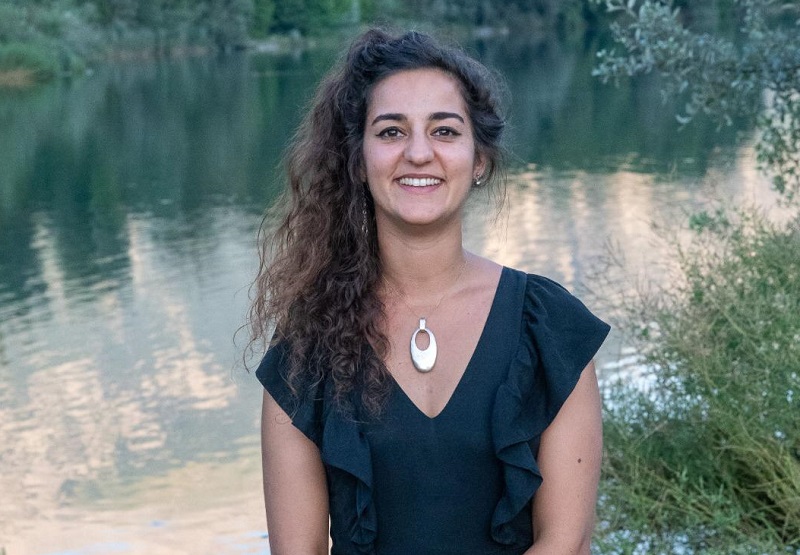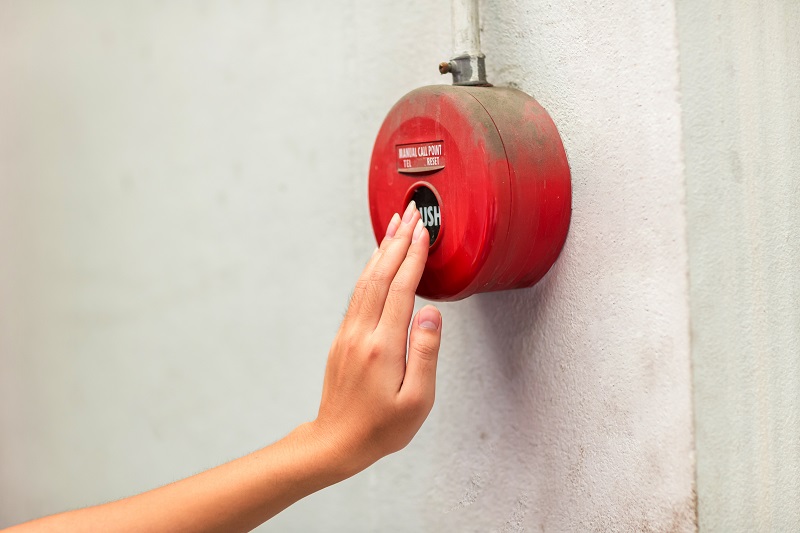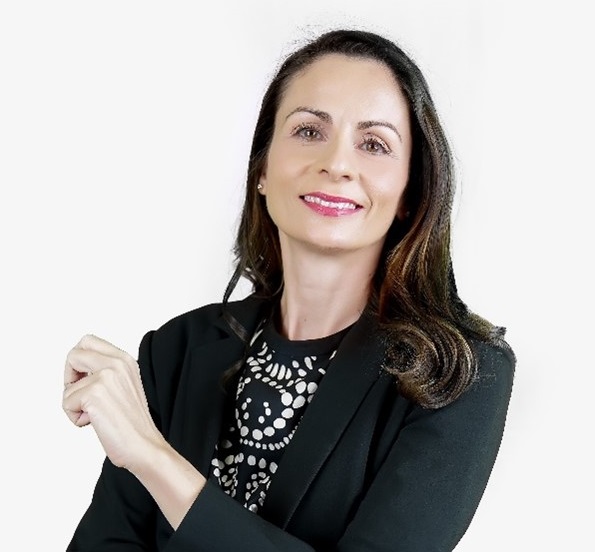In this second interview with the Publisher, Orient Energy Review magazine, Nneka Ezeemo talks to Lamé about the importance of diversity and inclusion in the sector
What is your take on today’s conversation about diversity and inclusiveness?
This conversation is good, and I’m proud that the industry is focusing on it but like I said in the panel session, it must be discussed at the right level in the various organisations with a considerable sincerity of purpose. The industry and the organisations involved need to make that conscious decision that this is something they want to do because it’s the right thing to do and because the world has changed.
Therefore, we also have to adapt and make sure that everyone is included in the organisation. People’s needs, pain points or challenges will be diverse and so whatever policies that are designed should address these pain points. Indeed, we cannot fix them all today, but the pain points that we know today should have strategic plans designed to meet them, and as new ones come, we adapt.
I overheard you say that the Key Performance Index (KPIs) are in the wrong place, what does that mean in this Diversity context?
It means that a lot of organisations measure their diversity hire targets. They have set a diversity target of say 20%, 22%, 25% or whatever that number is but it’s only on the hiring side of things. What companies are not looking at is this, in that same time frame, if I made my 20% of diversity hires, how many diversity candidates did I lose? The attrition of diversity and in this case, gender diversity specifically, how many women did I engage in a time frame and how many women did I lose in the same time frame?
There is no point hiring 80 women, but you lose 79 across the organisation, that to me is a clear of having the metric in the wrong place. In my personal opinion, I think the KPIs need to be across the whole spectrum of hiring and retention; measuring recruitment without measuring retention does not count. I see it as paying lip service at the door while neglecting what happens in the room. Whatever that is considered to be important in this regard must be measured.
Where should the priority be in determining the diversity KPIs?
Across the pipeline, both at the entry point, retention and promotion. The question is, what policies do we have in place, and how do we frame those policies? We have heard about organisations taking away maternity policies and putting parental policies in its place.
So, it doesn’t matter whether you are a biological mother, you have adopted, you are LGTBQI, you have the option to take time off because you want to be a parent. So, having gender-neutral policies is more relevant as we now know that men are more inclined to take parental leave than paternity leave. It comes down to how it is framed. It’s about thinking of creative ways to make the industry friendlier to diverse people, and it’s not just about gender. Disability, ethnicity, religious and cultural norms should be taken into consideration as well. We must remove the barriers and hurdles that people have to face in an already difficult industry and a complicated world!
Can diversity help the transition in the energy industry and do you see it playing such a significant role?
It is difficult for me to ascertain if it will help or maybe accelerate the transition because the energy transition is a big topic with a unique challenge specific to it. To go from carbonised to lower-carbon energy takes a lot of investment and who makes that investment is yet to be ascertained and while companies and countries are saying, they want to do more to have less carbon in our energy mix. If we are not investing in it, then it’s a struggle, and it’s the same thing about diversity. There will be some investment to be made to ensure that your diversity hires can stay within the organisations. You have to give them specific training, and you have to provide them with the tool kits that will help them to understand themselves, the industry, how they fit and how they can navigate their way through.
Staying on the issue of money, let’s consider an area like the pay gap. Negotiating salaries as you know don’t come naturally to women, but it’s a known fact that if a woman did not consult her salary, she would probably get a lesser pay than her male counterparts. Yet, many women still don’t negotiate their salaries; we take it; we are grateful for the opportunity to even have a job. So, for diversity to be an accelerator, we should see a situation where the pay structures are transparent for every role. It doesn’t matter if you are male or female; as long as you are competent enough for the job, you will have the pay for it, and this will smoothen out the barriers for those who are not comfortable negotiating salaries.
What impact would you like to see attributed to this Diversity and Inclusion Summit?
I think the summit was excellent and a successful one in the sense that the topics are at the forefront of every conversation within the industry. We have shared a lot of ideas, and I hope everyone takes them back to their organisations or take it upon themselves to make a change no matter how small and we have to keep the conversation going. Sooner or later, it will bubble to the top, and if we can’t drive it from the top, we steer it from the bottom, or somewhere in the middle, for the change to happen. This change is inevitable because we cannot continue in a world where we are not making it easy for women to participate. It’s a case of chicken and egg, which comes first. In the absence of a silver bullet, we have to keep the conversations going.









